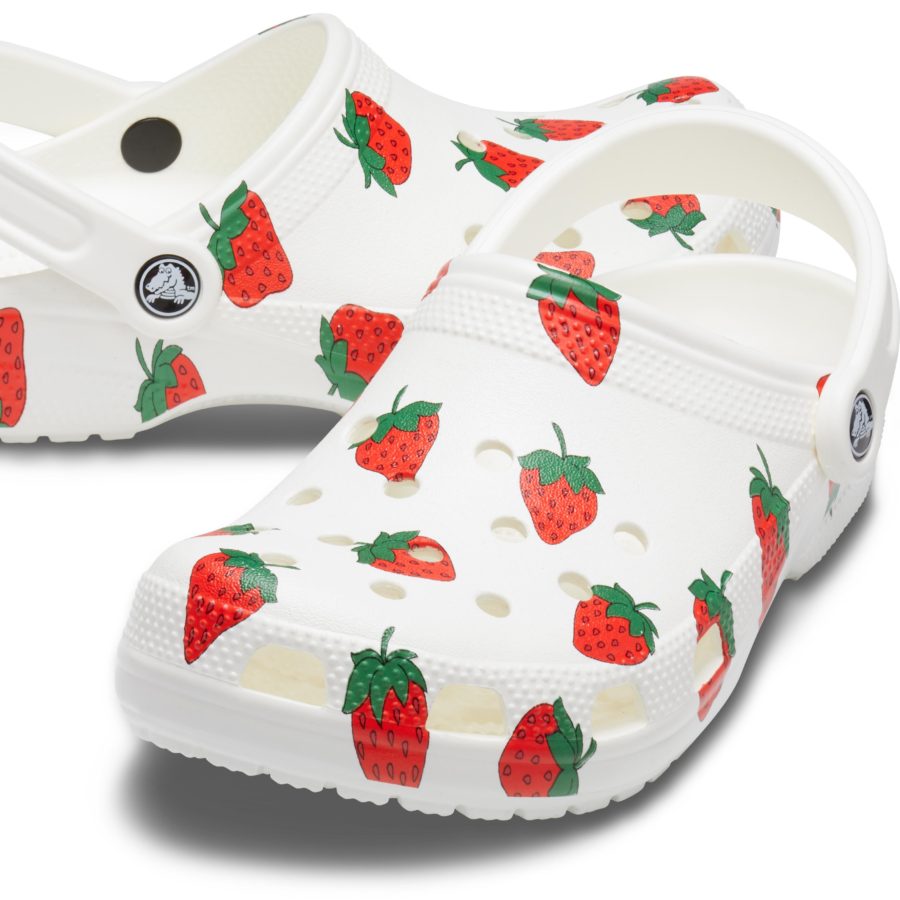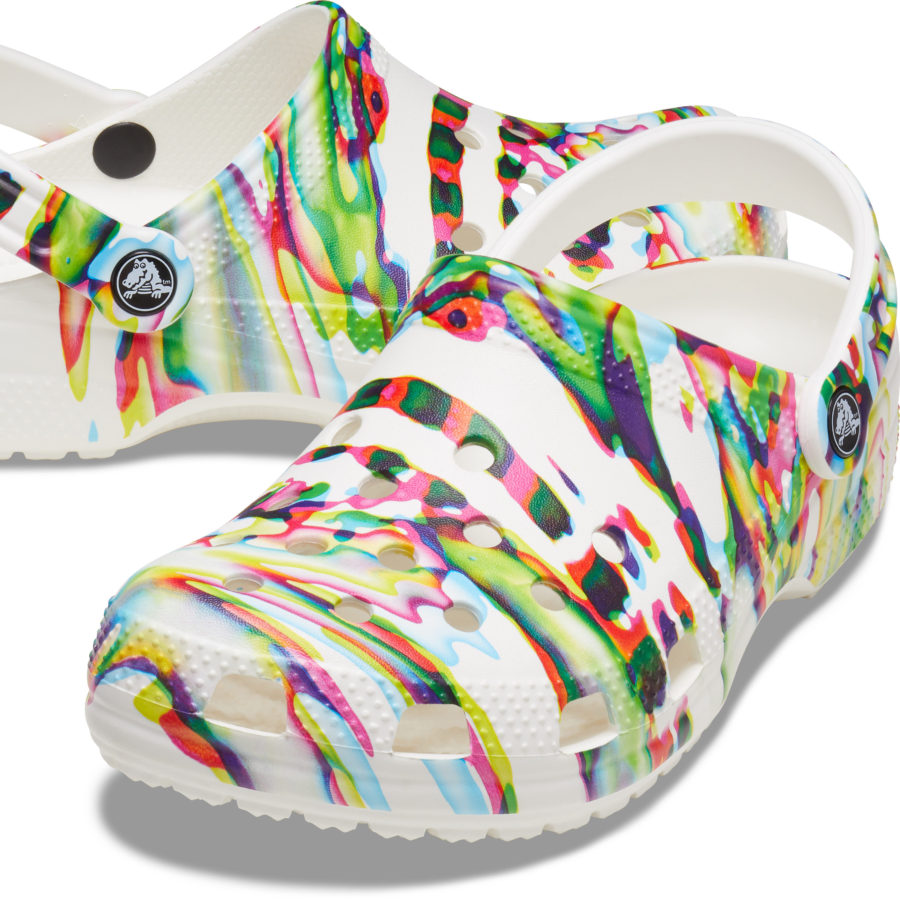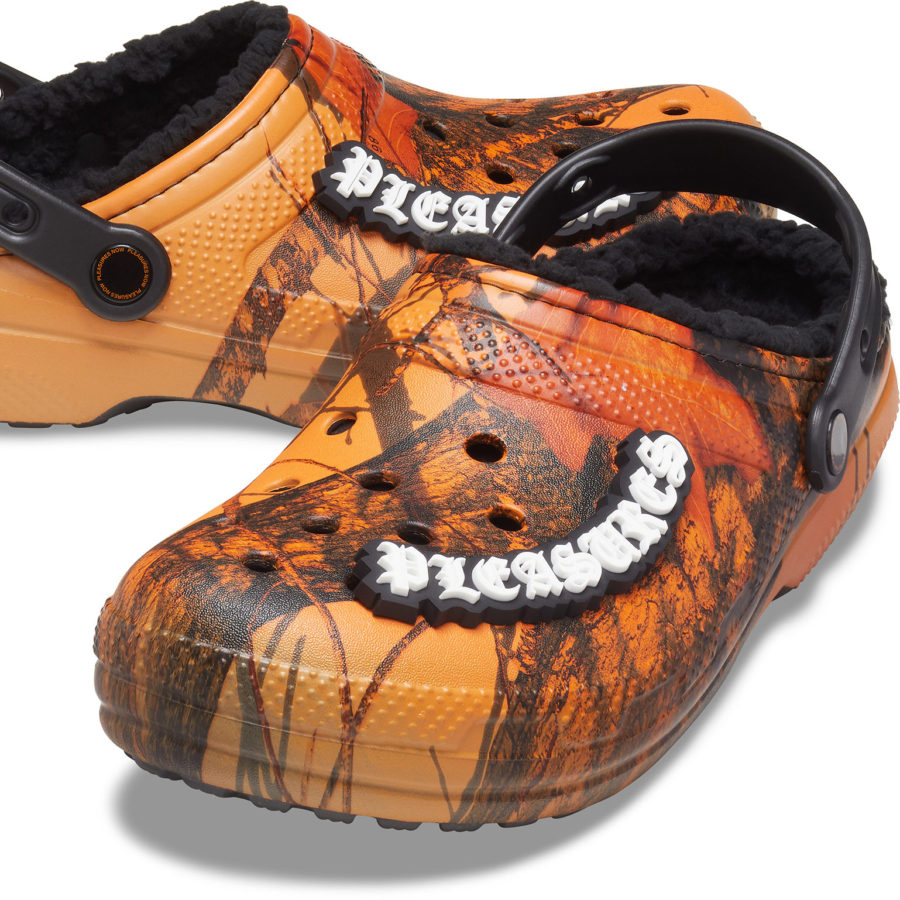Crocs
Croc-in’ all over the world: A history of an iconic clog
Post Malone. Bad Bunny. Justin Bieber. Colonel Sanders.
This isn’t a case of “one of these things is not like the others” because, believe it or not, those four globally recognized names have something in common.
They all have their own Crocs collaboration.
That’s right: Some of the hottest names in music, and a fast food chicken chain with more than 24,000 locations from Angola to New Zealand, have teamed up with the iconic rubber clogmaker.
While they may seem like strange bedfellows, the popularity of the collaborations is testament to the overwhelming success of a piece of footwear that came from humble beginnings in Broward County, Florida almost two decades ago.
Whether you love or hate them, you know Crocs; they’re unmistakable. But what do you know about them? Let’s take a little trip back to where it all started.
Like so many ideas, the original concept for Crocs was the brainchild of three buddies, who wanted a comfortable but water-resistant shoe for boating. On a sailing trip to the Caribbean, George Boedecker and Lyndon Hanson were impressed by the foam sandal Scott Seamans (the perfect name for a sailor, by the way) was wearing.
He’d purchased it from a Canadian outfit called Foam Creations, and before long the trio were working to license and develop the shoe to bring it to market.
The world was introduced to the first Crocs Classic clog at the Fort Lauderdale Boat Show in 2002 and, as they say, the rest is history.
“When all 200 pairs quickly sold out, we knew we were onto something,” Crocs’ Head of Global Marketing Heidi Cooley told The Fresh Press. “Crocs has since sold more than 600 million pairs of shoes.”
While the Classic Clog’s roots were firmly rooted in boating, they quickly became the comfy shoe of choice for folks who work on their feet day in, day out, including healthcare workers and kitchen staff. The wide variety of daily applications spurred Crocs to expand its line to include closed-top “Professional” and “Rx” models as well as slippers, boots, sneakers and sandals.
But there ain’t no doubt about it: the original silhouette still dominates the market and remains the apple of Crocs-wearers’ eyes worldwide.
“Like the black dress, it’s hard to improve on an icon,” Cooley said. “What we’ve also learned is that there’s a nostalgia to our brand for many of our consumers. Often times we were their first pair of shoes. And because of our iconic silhouette, it can be easy for any consumer to remember the color of their first pair.”
And now you won’t just find Crocs in the kitchen or by the pool, but on sneaker resale websites. In the streetwear industry, it’s fair to say there are few better yardsticks for measuring a product’s cultural clout than by its collaborations.
While many sneaker models offer more complex designs on which a collaborator — be it a musician, a fashion designer or a streetwear brand — can imprint their own creativity, Crocs feels it has a stylistic advantage in that realm.
“Crocs are a blank canvas for personal style and self-expression,” Head of Global Marketing Cooley said.
“Streetwear brands like Chinatown Market and Pleasures, for example, make sense because Crocs can be molded to fit their fans’ interests. Same goes for (Japanese streetwear company) BEAMS, (pop artist) Takashi Murakami, KFC and countless other surprising collaborators.
“At the end of the day, the central point is and remains authenticity: we work with partners who are genuine fans of Crocs and our partnerships are often born out of a mutual admiration.”
That was the driving force behind the company’s super-hot September partnership with reggaeton star Bad Bunny, not to mention the upcoming Justin Bieber pair. But it’s not just celebrities or industry players that Crocs wants to celebrate.
The brand says its mantra is “Come as you are,” and encourages everyone to be comfortable in their own shoes. That ethos extends from a literal sense, with the comfy Classic Clog itself, to its initiatives to promote inclusivity and diversity at a time of heightened social awareness and responsibility in the United States and around the world.
“Crocs has taken several steps to make this more than words,” Cooley said. “That includes financial donations to organizations that promote diversity and inclusion and (offering) Jibbitz charms that allow people to fully express their beliefs.
“This extends to our collaborations, too. Ruby Rose’s ‘Just Love’ collaboration, for example, was created in celebration of Pride, with messages of inclusivity and acceptance that align with Crocs’ “Come As You Are” ethos. We also released a limited-edition, collaboration 3-packs of Jibbitz charms in partnership with Chinatown Market with 100 percent of profits going to Feeding America.”
Cooley said that thanks to sales of those specialty Jibbitz as well as customer donations, the brand has provided more than 3 million meals through Feeding America.
Despite all of this, and its undeniable worldwide popularity, the Clog will always have its detractors. Cooley acknowledged that the company puts out a “hate-it-or-love-it” product, but was quick to flip the script.
“Our shoes are adorned by celebrities and soccer moms; business executives and children,” she said.
“While we know the brand is polarizing to some, we’ve learned over the years that our consumers are comfortable challenging and overcoming preconceived notions. ‘Ugly’ is relative. We think about it in terms of personal style and democratization of fashion, and no one makes more democratic shoes than Crocs.”
Convinced yet? Whether you’re copping your first, fourth or 15th pair, Finish Line’s got you covered for all your Crocs and Jibbitz needs. Shop now.
We’ve recently partnered with Afterpay and Klarna, giving you the option to cop now and pay over time. Take advantage and build the closet of your dreams.










